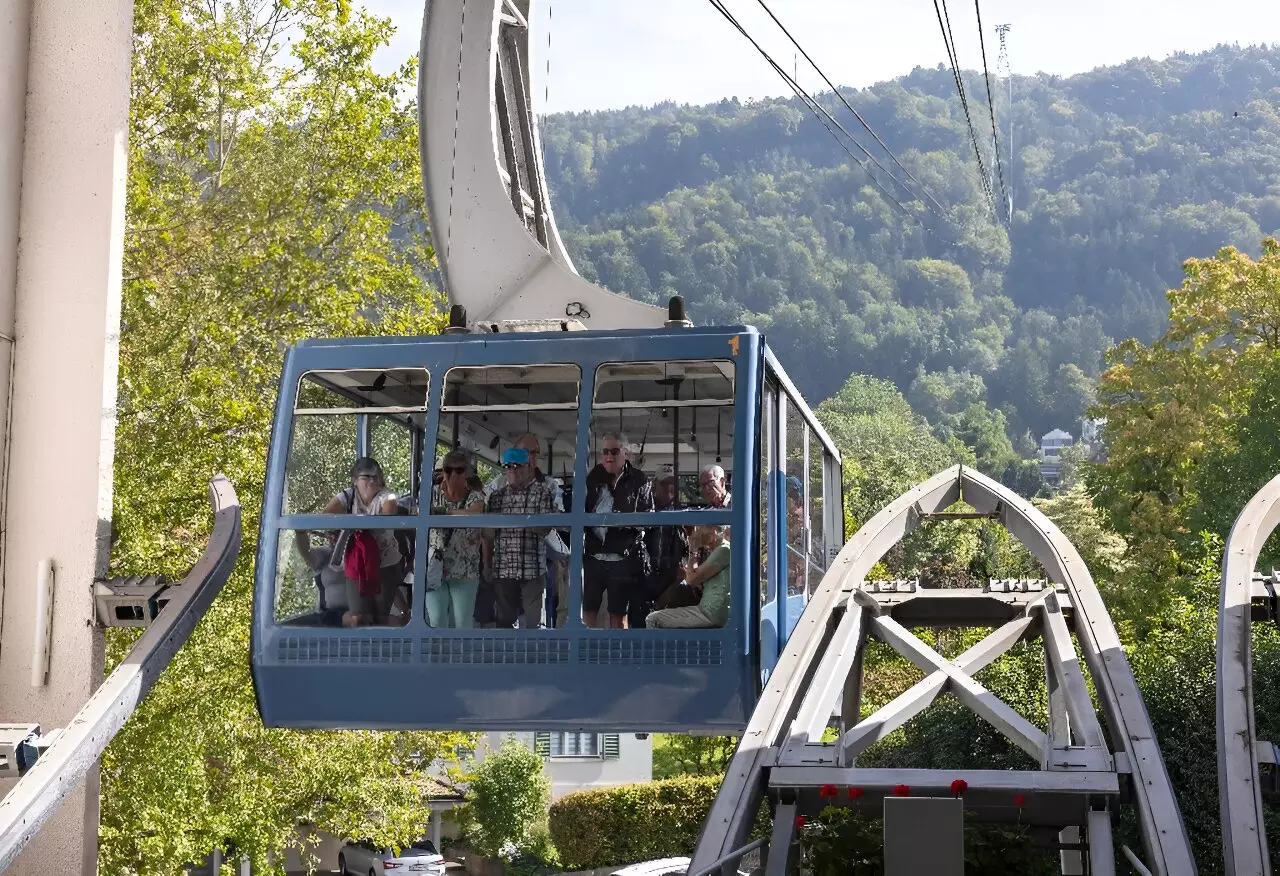The concept of cable cars has long been associated with ski resorts and mountain areas, providing convenient transportation for skiers and tourists. However, in recent years, Austrian company Doppelmayr has been expanding its operations beyond ski resorts and into congested cities around the world. As climate change continues to impact our planet and cities seek cleaner and more efficient modes of transportation, Doppelmayr’s cable cars have become a popular solution for urban mobility. This article explores the growing trend of cable cars in urban transportation, the advantages they offer, and the challenges they face.
Traditionally known for its gondolas in ski resorts, Doppelmayr has witnessed a shift in demand as climate change opens up new markets for cable cars. While mountain resorts continue to rely on the company for their transportation needs, urban areas now account for 20 percent of Doppelmayr’s sales. Reinhard Fitz, the head of international business development, acknowledges the impact of climate change on shifting demand. However, he believes that Doppelmayr has successfully evolved with its customers, adapting to the changing needs of cities.
Cable cars offer several advantages over traditional modes of urban transportation. One of the key benefits is their contribution to decarbonizing public transport systems. As cities aim to reduce their carbon emissions, cable cars provide a cleaner alternative to conventional systems. They are also space-saving and cost-effective. According to urban engineering expert Hanane Bengualou, cable cars are three times cheaper than tramways, costing less than seven million euros per kilometer. Furthermore, cable car systems require minimal on-site construction, making them quick to deploy and ideal for traffic-clogged regions.
Doppelmayr has successfully implemented cable car systems in various cities around the world. One notable project is the 33-kilometer network of 10 ropeway lines connecting Bolivia’s capital, La Paz, with another metropolis, El Alto. This project holds the Guinness World Record for the largest public-transit cable-car system. Latin America is currently Doppelmayr’s strongest market for urban mobility, but the company has ambitions to expand into Asia. With over 80 cities and towns already adopting aerial tramways, the potential for further growth is evident.
The Paris region is one of Doppelmayr’s latest customers, with a 4.5-kilometer ropeway project that will connect two suburbs, providing 20,000 residents with access to the capital’s subway system. Laurent Probst, the director-general at Ile-de-France Mobilites, praises cable transport for its cleanliness, quietness, and regularity. Additionally, cable cars offer the advantage of being able to cross obstacles such as roads or train tracks, providing commuters with a hassle-free journey. However, despite the benefits, cable car projects often face opposition from residents and complex administrative procedures. Lyon, France’s third-largest city, had to abandon its cable car project in 2022 due to such challenges.
One of the obstacles in promoting cable cars as a viable option for urban transport is the association with ski resorts, which policymakers and the public still tend to hold. As Reinhard Fitz points out, there is a need for increased awareness and education about cable car systems in an urban context. The success of projects like the one in the Paris region will play a crucial role in shifting perceptions and highlighting the advantages of cable cars as a sustainable and efficient mode of transportation.
The rise of cable cars in urban transportation signals a shift towards cleaner and more space-saving modes of public transport. Doppelmayr, known for its expertise in ski resort gondolas, is successfully capitalizing on this trend by expanding into congested cities worldwide. The advantages of cable cars, including their contribution to decarbonization, cost-effectiveness, and ability to overcome obstacles, make them a compelling solution for urban areas. As awareness grows and perceptions change, cable cars have the potential to transform urban mobility and provide sustainable transportation options for cities around the world.


Leave a Reply